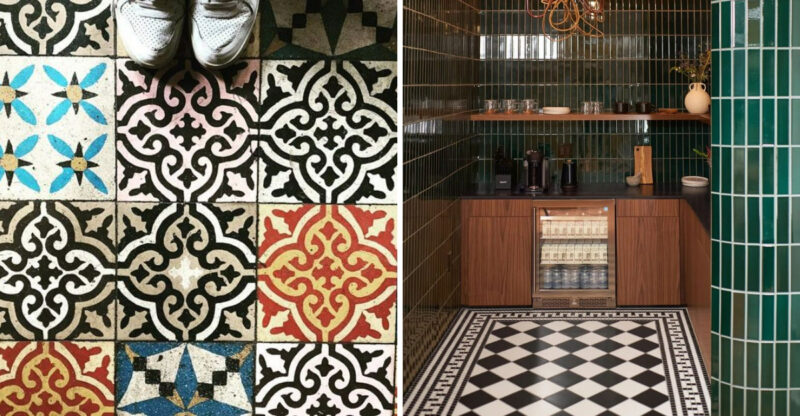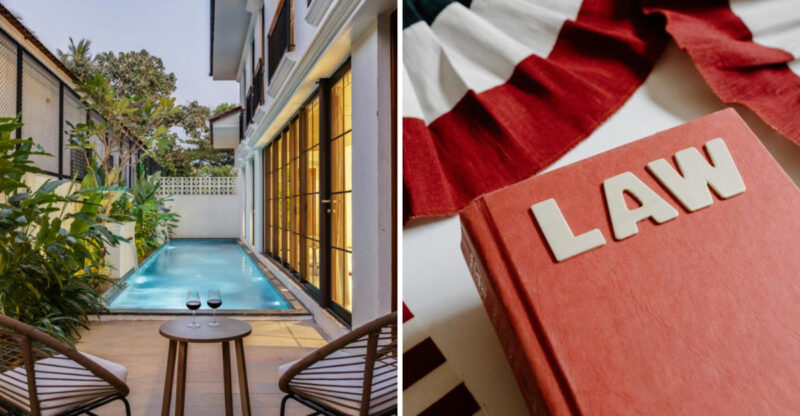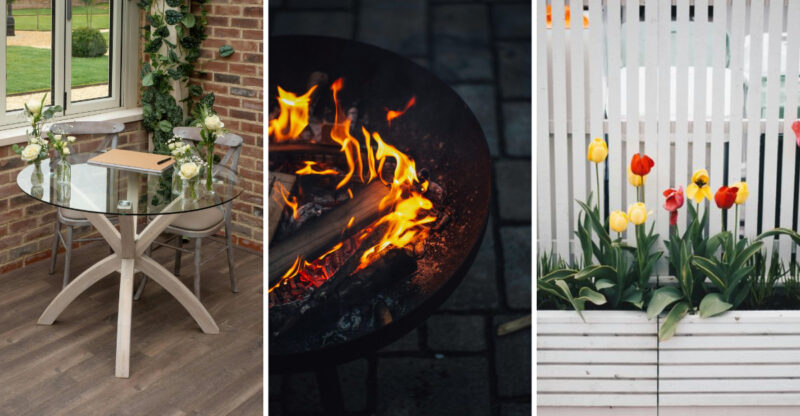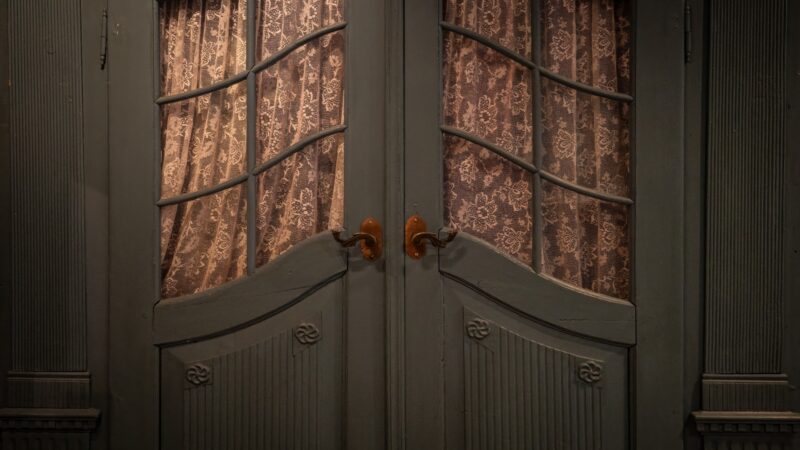7 Florida Homes Dropping In Price And 8 Others At Risk Of Falling Too
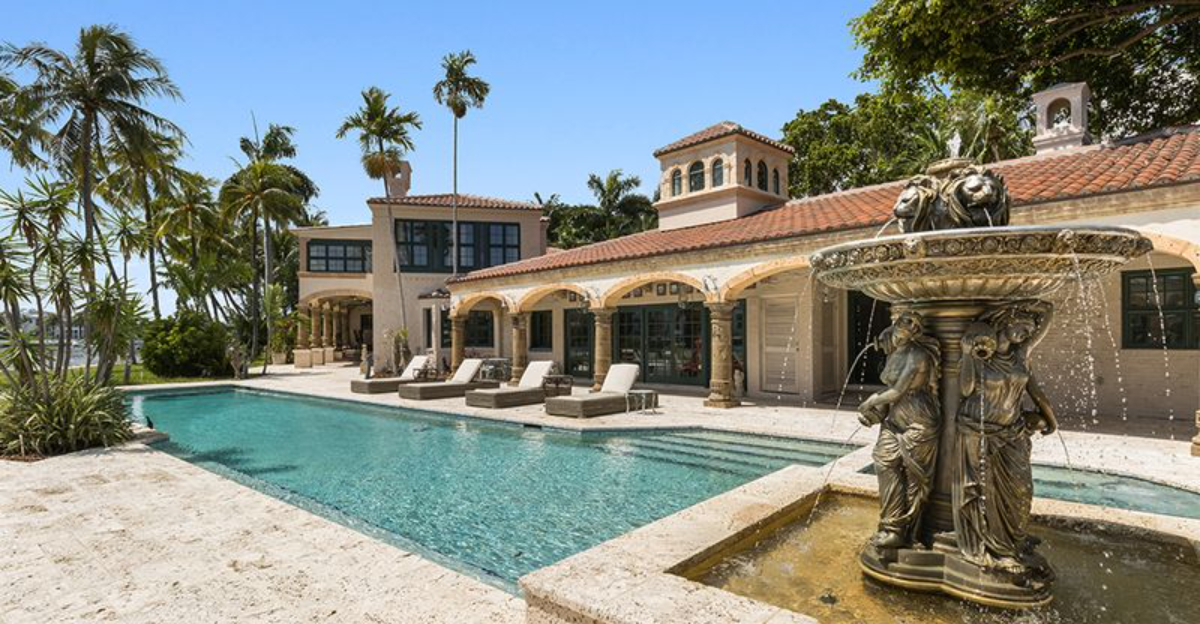
Florida’s housing market is shifting faster than beach sand during hurricane season. Property values that once soared like pelicans are now plummeting in certain neighborhoods, while others teeter on the edge of decline.
Whether you’re hunting for bargains or worried about your investment, knowing which home styles are losing value can save you from making a costly mistake. After all, no one wants to be underwater, financially or literally.
1. Mediterranean Revival Mansions Losing Their Magic
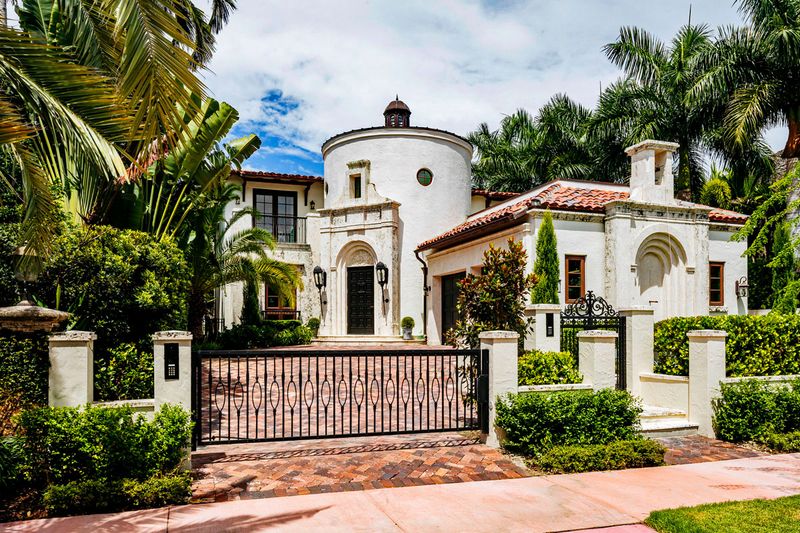
Those terracotta-roofed beauties with ornate columns aren’t commanding the premiums they once did. Built during Florida’s 1920s boom, these homes now face cooling interest from buyers who balk at their maintenance costs.
Younger homebuyers particularly avoid these properties, preferring more energy-efficient options without the headache of aging stucco and decorative features that constantly need repair. The spacious layouts that once attracted large families now seem wasteful to downsizing retirees and smaller modern households.
2. Mid-Century Modern Homes Hit Price Ceiling
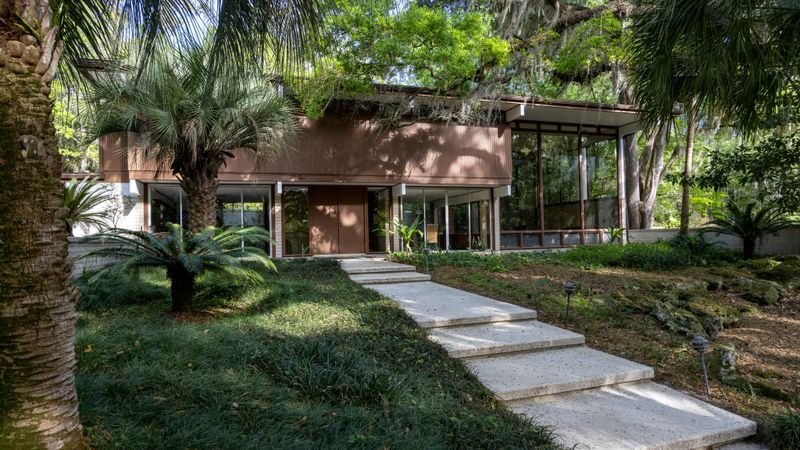
Though these architectural darlings once sparked frenzied scrambles, their prices have plateaued and begun drifting downward. The clean lines and open concepts still attract design enthusiasts, but practical concerns are winning out.
Many mid-century homes lack the energy efficiency modern buyers demand. Their signature large windows create gorgeous light but horrible electric bills in Florida’s climate.
Original features like terrazzo floors and built-ins, once selling points, now represent renovation challenges that savvy buyers factor into lower offers.
3. Coastal Cottages Washing Away Equity
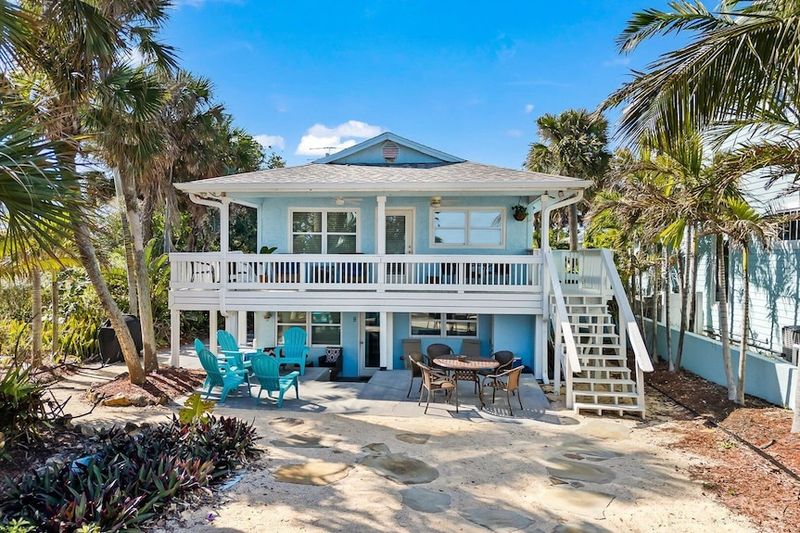
Quaint and charming no longer translate to premium prices for these beachside darlings. Rising insurance costs have hammered these properties harder than any hurricane, with some owners seeing annual premiums higher than their mortgages!
Climate concerns add another layer of worry. Buyers increasingly scrutinize elevation certificates and flood histories before making offers.
The result? Properties sitting longer on market with eventual price cuts. Even homes a few blocks from water face guilt-by-association price declines as the entire coastal cottage category cools.
4. Ranch Style Homes Losing Their Luster
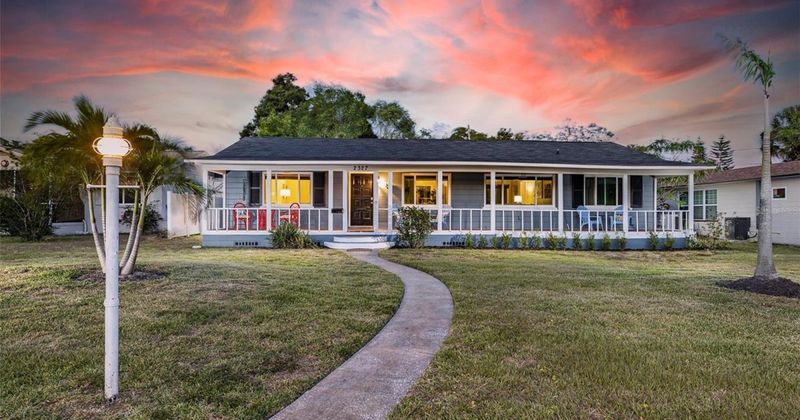
Once the backbone of Florida suburbs, these single-story spreaders are seeing surprising price drops. Despite their practical layouts, today’s buyers often dismiss them as dated and boring without significant updates.
The typical ranch home’s sprawling footprint consumes valuable lot space that could otherwise accommodate pools or outdoor kitchens. Their lower ceilings and compartmentalized rooms feel claustrophobic compared to contemporary open concepts.
Unless extensively renovated with raised ceilings and knocked-down walls, these homes continue sliding down the price ladder.
5. Art Deco Delights Face Modern Reality
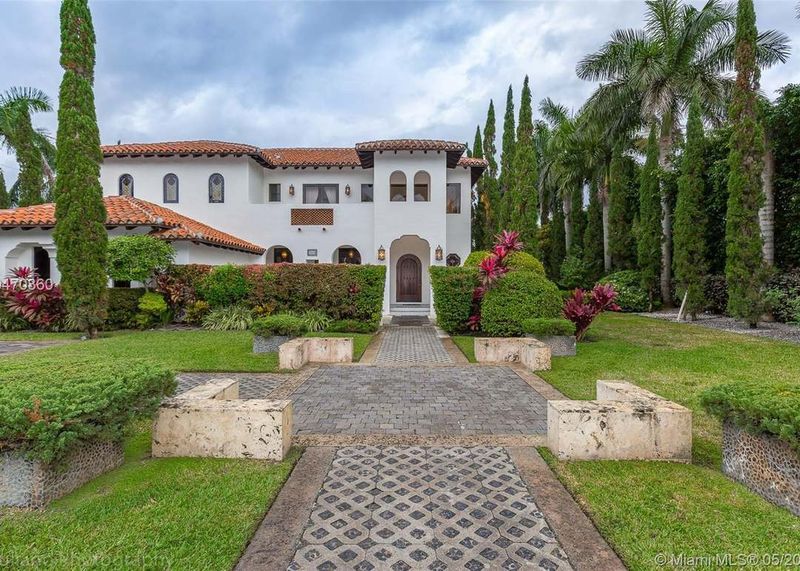
Is that Art Deco dream starting to feel more like a renovation nightmare? Miami’s iconic pastel treasures are experiencing unexpected price corrections. While their historical significance remains undisputed, living in a design museum comes with practical challenges that today’s homeowners increasingly sidestep.
Smaller room dimensions, minimal closet space, and outdated electrical systems make daily life frustrating. Strict historical preservation requirements mean simple renovations become bureaucratic marathons requiring special permits and materials.
The outcome? Prices are softening as potential owners do the math, and often walk away.
6. Pool Homes With Excessive Features Sinking Fast
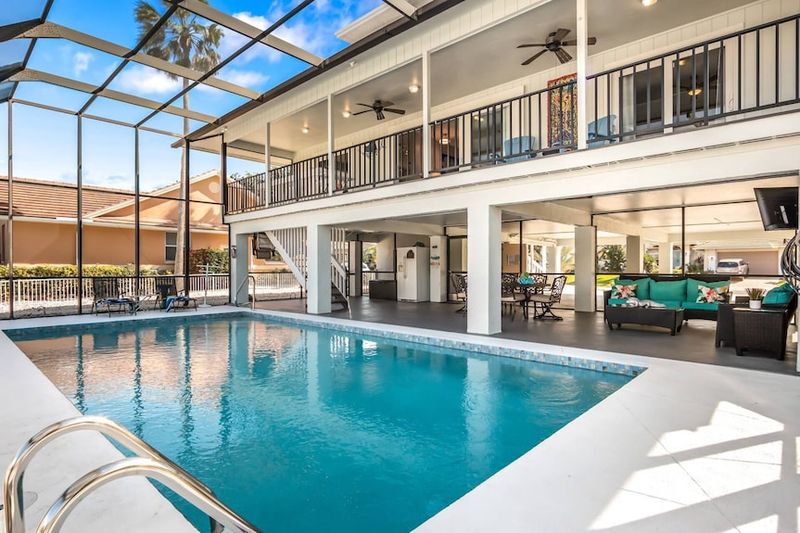
Those backyard resorts with elaborate water features, outdoor kitchens, and tiki bars are taking the biggest price hits. Maintenance nightmares have transformed these once-coveted properties into financial drains that savvy buyers avoid.
Water bills, chemical costs, and equipment repairs add thousands to annual ownership expenses. Many home shoppers now prefer community amenities over private pool maintenance.
When water pumps fail or pavers need replacing, owners discover the true cost of luxury. Which is leading many to slash prices just to escape the ongoing expense.
7. Post-War Bungalows Facing Value Collapse
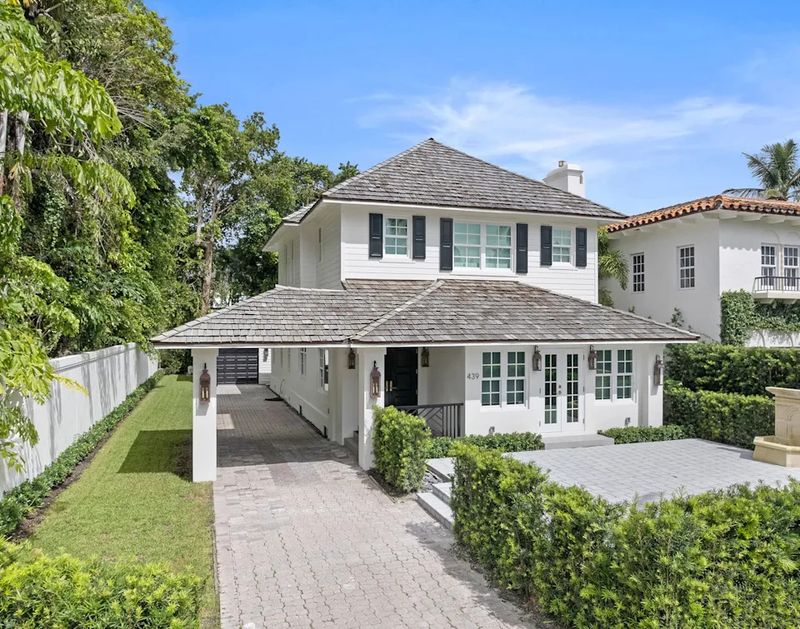
These compact charmers built during the 1940s-50s housing boom are seeing their prices retreat faster than expected. Despite their solid construction, today’s home hunters struggle to reconcile their modest dimensions with modern living expectations.
Low ceilings, tiny kitchens, and minimal bathroom space feel impossibly cramped to families accustomed to contemporary proportions. The renovation math rarely works in their favor, gutting and expanding often costs more than buying newer construction.
Location still matters, but even well-situated bungalows face downward price pressure as buyers prioritize space over character.
8. Contemporary Cube Homes Losing Their Edge
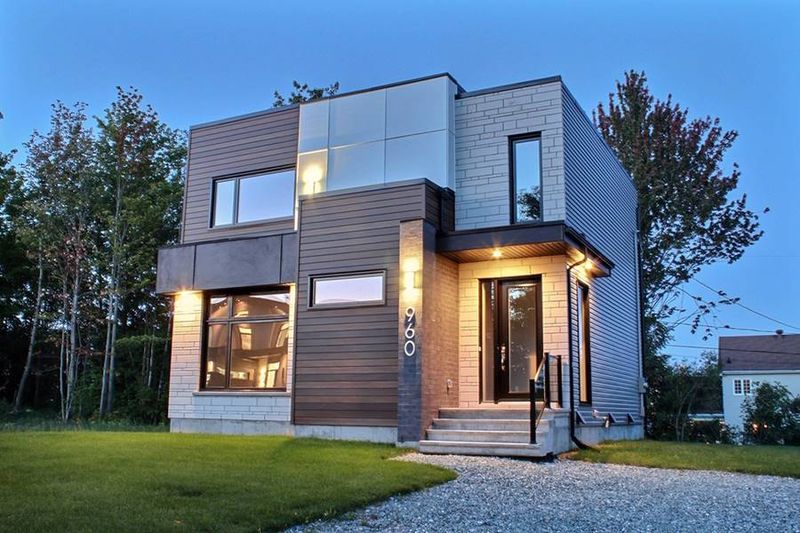
Those stark white boxes with minimal ornamentation that developers rushed to build during the last boom are showing early value vulnerability. Their aesthetic boldness initially attracted design-forward buyers, but practical limitations are emerging.
Flat roofs in Florida’s rainy climate create ongoing maintenance headaches. The minimalist facades with few overhangs provide little protection from harsh sunlight, resulting in higher cooling costs.
Interior spaces often prioritize visual drama over functional living, with awkward room configurations that owners struggle to furnish appropriately.
9. Florida Cracker Style Homes Cracking Under Pressure
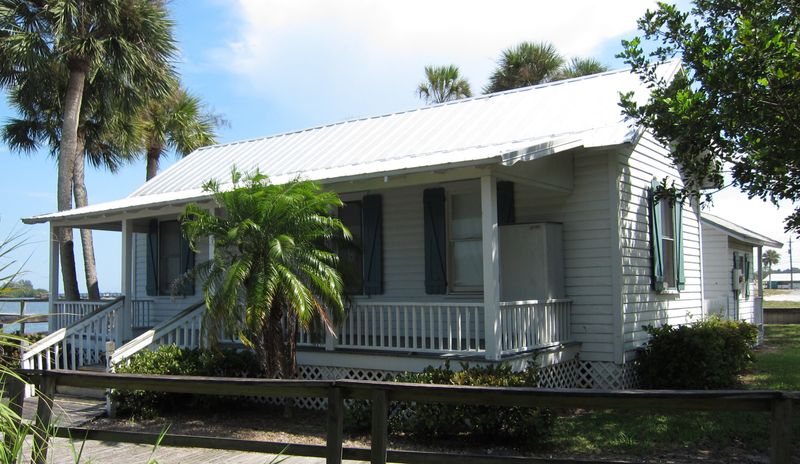
These vernacular treasures with metal roofs and wraparound porches face uncertain futures despite their historical significance. Designed for pre-air conditioning Florida, their authentic features often conflict with modern comfort expectations.
Wood construction requires vigilant termite monitoring and frequent painting in Florida’s harsh climate. The signature raised foundations, while practical for flooding, create accessibility challenges for aging populations.
Smaller room dimensions and limited storage options further complicate modern living. It’s also putting downward pressure on prices despite their architectural authenticity.
10. Victorian Revival Homes Losing Royal Appeal
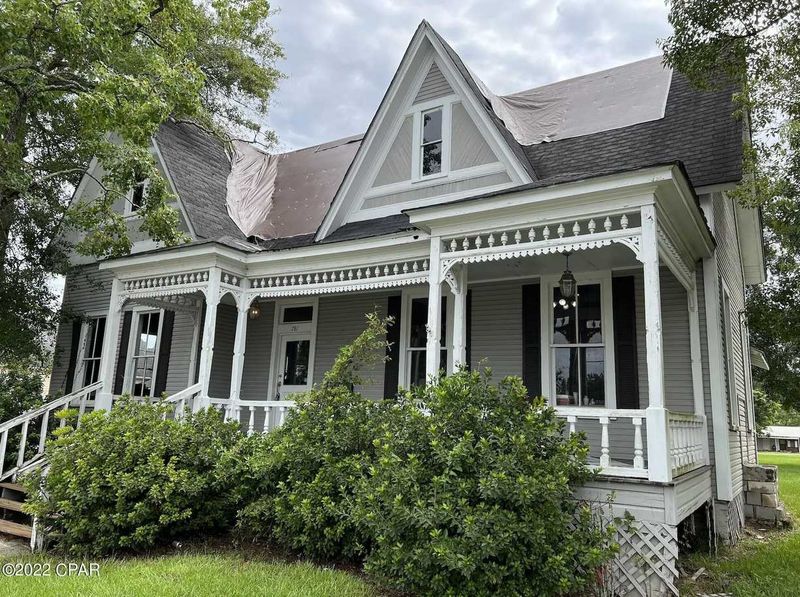
Thinking about buying a Victorian but not sure if it’s charm or chore? Those ornate painted ladies with turrets and gingerbread trim are seeing their market premium vanish faster than sweet tea at a summer barbecue.
Though undeniably charming, their upkeep is no fairy tale. Especially for homeowners who crunch numbers harder than fresh porch paint chips.
Elaborate exterior details demand artisans, not amateurs, and those services don’t come cheap. Multiple stories mean lots of stairs, which many dwellers prefer to leave in the past. Add in chopped-up interiors that clash with modern open-concept cravings, and these grand dames are sitting longer and selling lower.
11. Stucco Box Homes Crumbling In Value
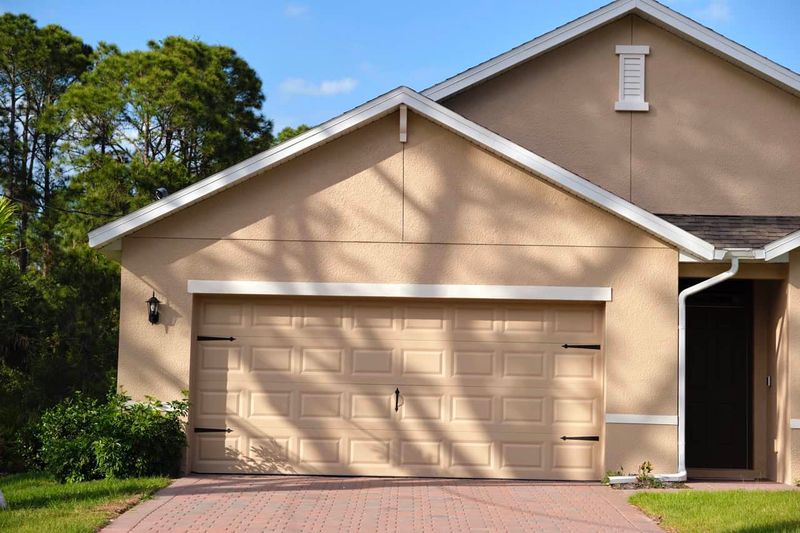
Those plain, rectangular stucco homes that developers mass-produced during housing booms are facing the steepest value declines. Built quickly with minimal architectural interest, they’re aging poorly and falling from buyer favor.
Cookie-cutter designs create entire neighborhoods where homes are indistinguishable from each other. Minimal roof overhangs mean stucco walls take direct weather exposure, leading to cracks and water intrusion issues.
Interior layouts often feel choppy and dated, requiring significant investment to update to contemporary standards.
12. Spanish Colonial Revivals Facing Modern Rejection
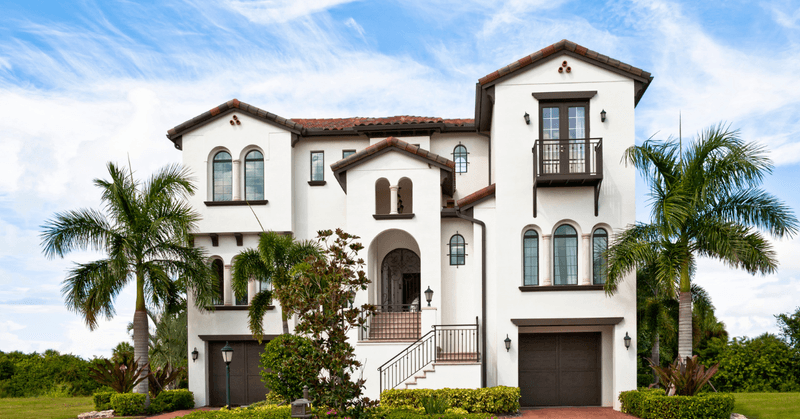
These red-tiled beauties with arched doorways and wrought iron details are seeing surprising market resistance. Though aesthetically distinctive, their specific quirks have become financial liabilities in today’s practical market.
The signature barrel tile roofs cost three times more to replace than standard shingles. A replacement that inevitably comes due. Interior spaces often feature small windows that create dark rooms, conflicting with Florida buyers’ desire for natural light.
Formal dining rooms and separated kitchens feel functionally obsolete to younger home seekers who prefer casual, integrated living spaces.
13. Tiny Homes On Wheels Rolling Toward Value Cliff
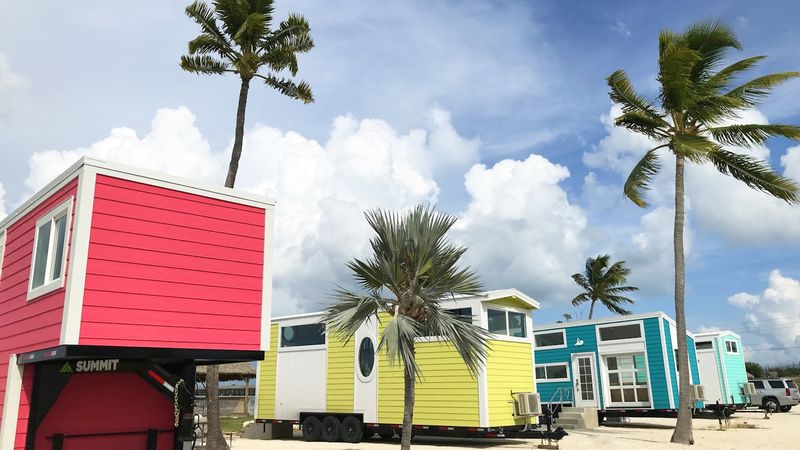
The tiny home trend that captured Instagram hearts is facing harsh Florida realities in the resale market. These diminutive dwellings on wheels are proving difficult to finance, insure, and legally place, creating resale nightmares.
Many counties restrict where these structures can be placed, severely limiting potential shopper pools. Hurricane vulnerability raises serious concerns, with most insurance companies refusing coverage or charging astronomical rates.
The novelty factor wears off quickly when facing Florida’s storage challenges and humidity issues in such confined spaces.
14. Overly Customized Luxury Estates Facing Reality Check
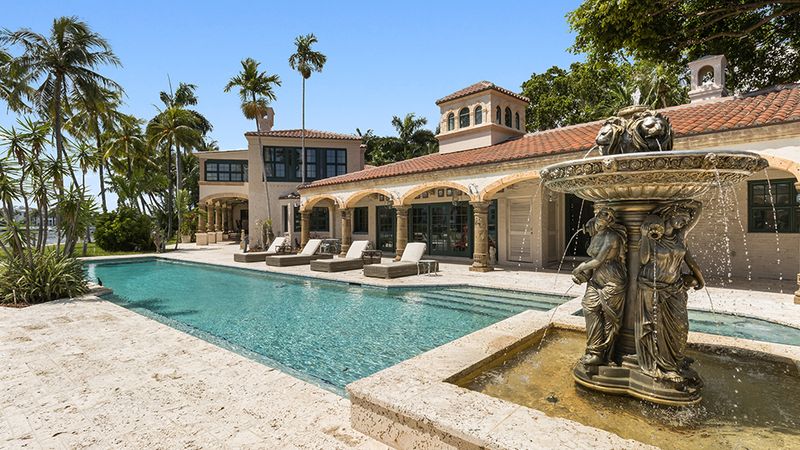
Is that luxury palace a dream home, or just someone else’s expensive hobby? The mega-mansions with ultra-specific features are experiencing the market’s harshest corrections.
Indoor basketball courts, ticket-booth-style theaters, and replica Versailles ballrooms may dazzle, but they often turn into resale headaches. The more niche the customization, the narrower the appeal.
And maintenance? Let’s just say climate-controlled wine cellars, built-in aquariums, and indoor waterfalls don’t come with a standard handyman.
15. Beachfront Condos With Aging Amenities Washing Out
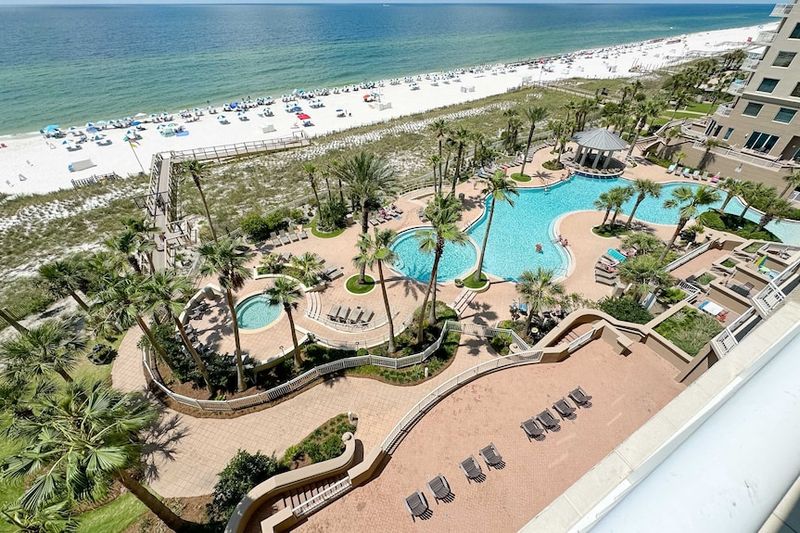
Those once-prestigious high-rises with dated lobbies and tired pool decks are experiencing serious market corrections. Special assessments for necessary updates are shocking owners and scaring away property seekers who do their due diligence.
Buildings approaching 40-year recertification face particularly harsh scrutiny after the Surfside collapse. Monthly maintenance fees continue climbing while amenities remain stuck in previous decades.
Outdated fitness centers, worn common areas, and aging elevator systems signal expensive upcoming assessments that savvy buyers factor into significantly lower offers.

